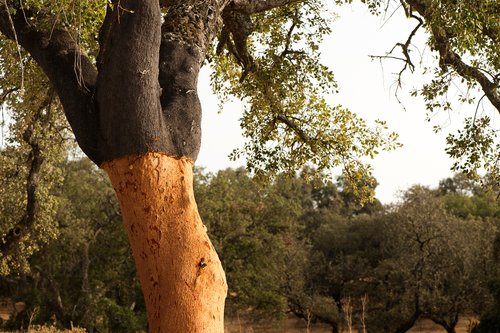
3 min read
Healthy Materials Series: Cork
In the first of our new series, WLLW takes a comprehensive look at the health and environmental impacts of cork.

4 min read
WLLW was given the opportunity to learn how Kyre Chenven and Ivano Atzori are melding contemporary design with Sardinia’s ancient craft traditions.
Kyre Chenven, a Californian set designer, and artist Ivano Atzori left their lives in Milan and New York in 2015 for the rugged beauty and rural charm of south Sardinia. “We felt like we needed to be in a place where we could be much more a part of a community and a part of the territory that we were living in,” says Chenven from their home in a previously abandoned farming village in Sulcis, which they are in the process of restoring.
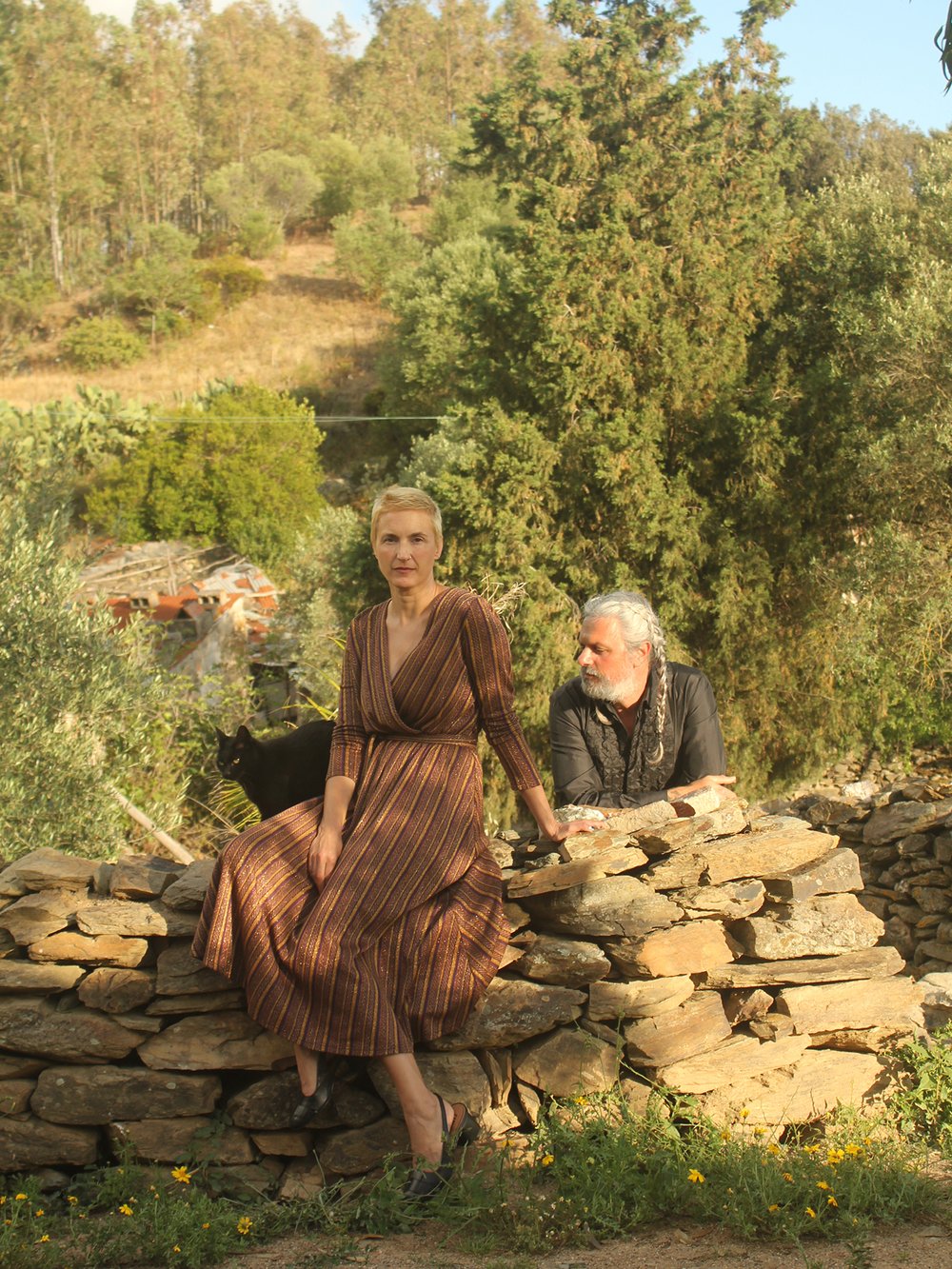

The couple now run a creative practice, Pretziada, on the island, working with traditional artisans to craft high-end contemporary design objects, such as wall cabinets, beautifully carved bed frames and carpets. To bring modernity to the island, they also host short residencies that link international creatives with local workshops and makers. Sardinia has a rich and ancient culture and a long history of making, which is often rooted in agropastoral traditions, but relatively few people are aware of this heritage. This is where Chenven and Atzori come in. “When you come here, especially to where we are in the south of Sardinia, still today, it is extraordinarily rich as far as the culture is concerned, but it’s also completely isolated in a lot of ways from the rest of the world,” says Atzori.
“Because we love discovering places, meeting people and listening to stories, we found all these beautiful workshops around the island where these families were basically doing the same thing for sometimes four or five generations,” he explains. What they also found, however, is that many of the workshops had been obliged to wind down production.
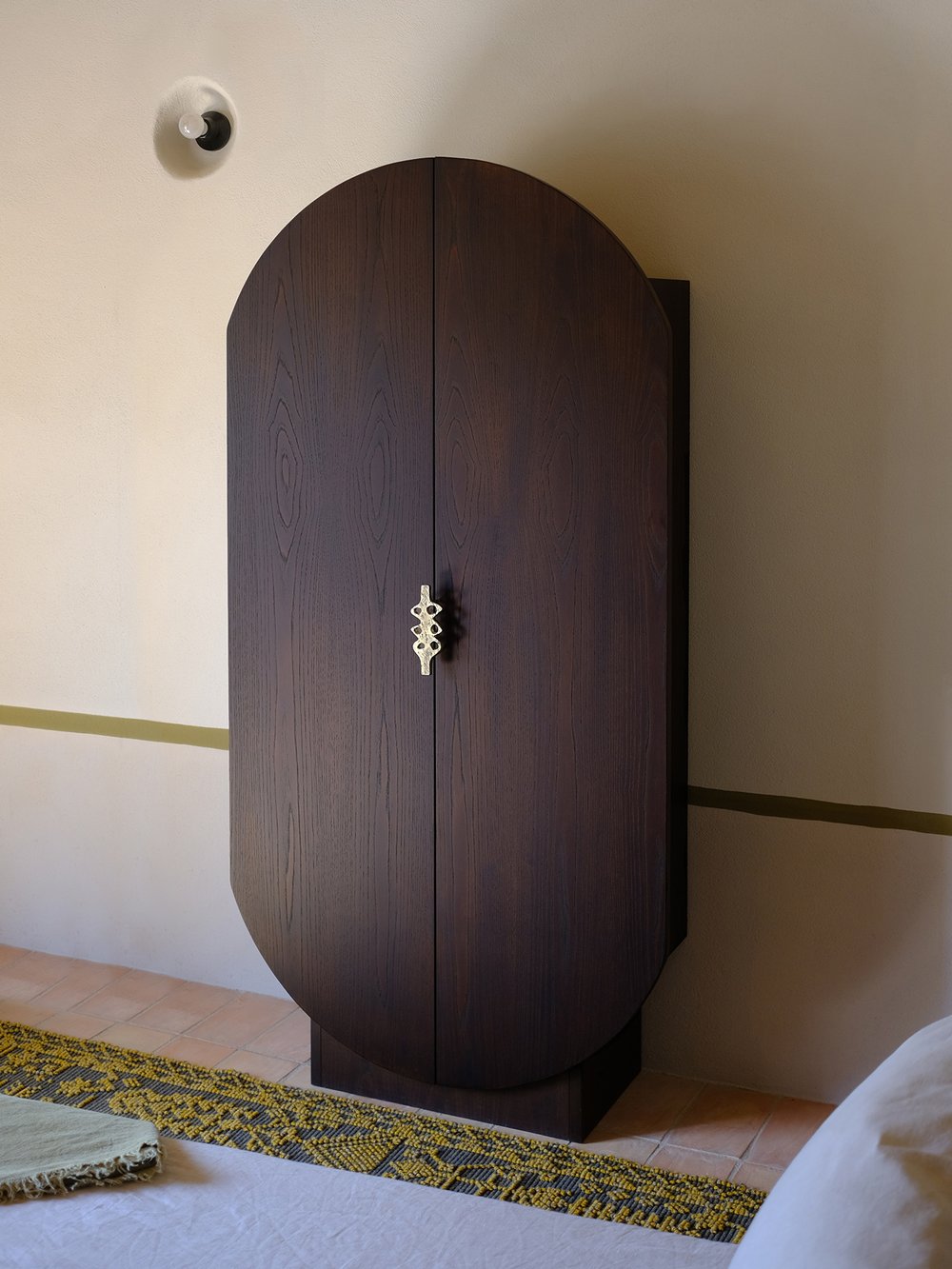
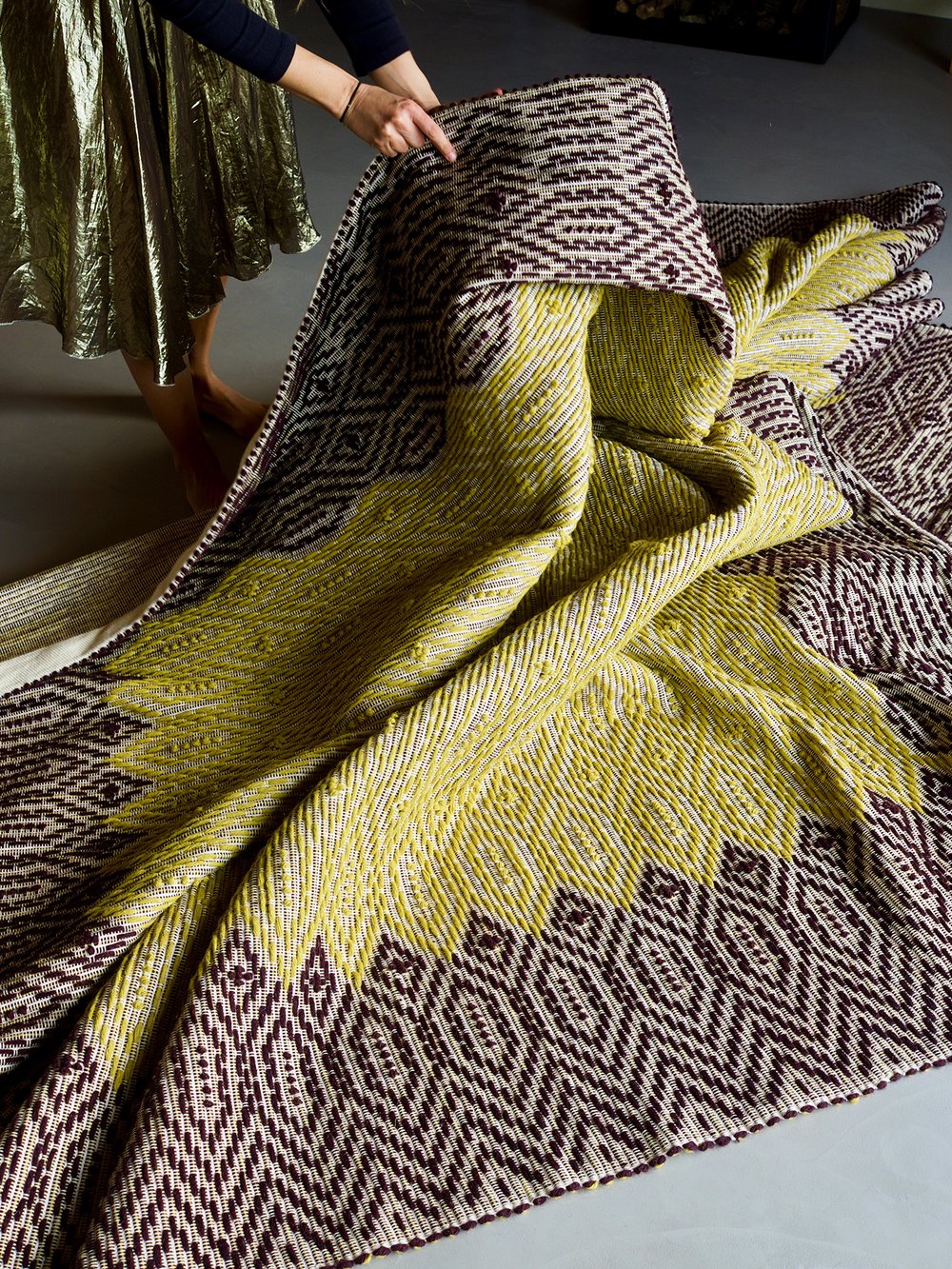
To help support these historic workshops, the couple create itineraries that immerse visiting designers into local culture and customs, so that they can create pieces that are homages to the island. “We really try to get them to understand the iconography of Sardinia,” says Chenven, who explains that local motifs are often repeated in everything from textiles and ceramics to furniture. “The idea here is that the designs aren’t a representation of their fantastic creative mind, but of the island. If they consider it that way, the artisans that we work with and the people who live around us respond to these pieces really well.”
"Because we love discovering places, meeting people and listening to stories, we found all these beautiful workshops around the island where these families were basically doing the same thing for sometimes four or five generations."
Ivano Atzori
Pretziada always promotes not only the designers but the workshops that produce their creations, and sells the pieces to an international audience through its website. Although in their designs Chenven and Atzori don’t limit themselves to the exclusive use of local materials, they try to encourage the use of what can be found here, be it marble, wool or cork. “What’s more important to us is to have something that has a very low impact, in the sense that there’s nothing in our collection that you can’t chop into firewood or melt down, even if it’s in 100 years’ time,” says Atzori.

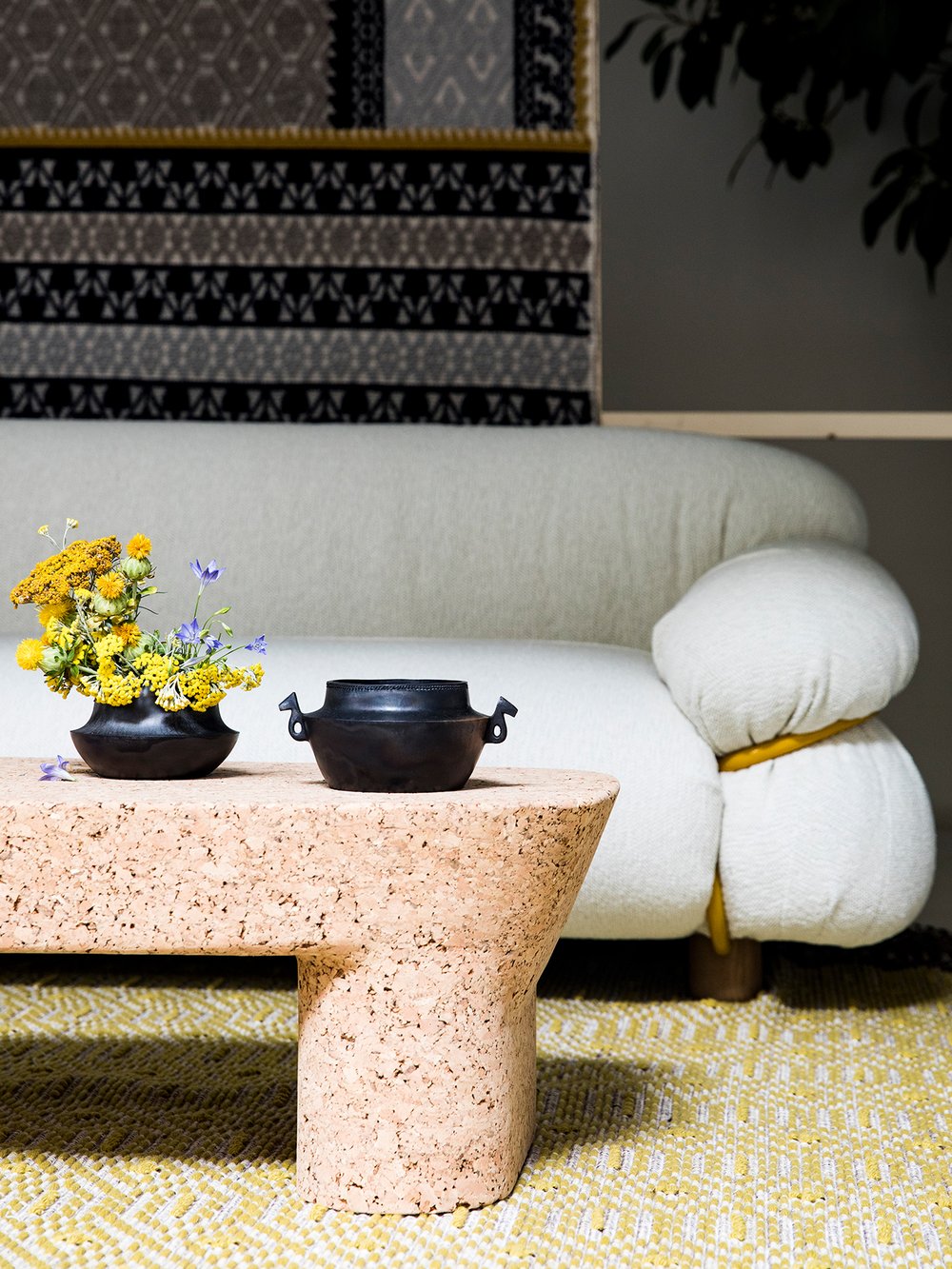
An outstanding example is the Accanta collection, a trio of small stools or tables made out of chunky compressed cork. It was created by Italian architect and designer Maddalena Casadei, who was inspired by the ‘bankitu de ortigu’, a traditional stool that was made by layering raw cork bark in a simple geometric crossover. These stools are lightweight and durable and would be brought along when taking the sheep out to pasture or when picking olives. Casadei worked with Falegnameria Pisu, a family-run woodworking shop in Cagliari, which created the extra-dense waste cork blocks that the tables are made from. “This cork, which would normally be used for construction or insulation, has an incredible texture that has a lot of depth to it,” says Chenven.
Meanwhile, Parisian designer Ambroise Maggiar’s interest was piqued by the fireplaces commonly found in Sardinian homes. Using the rough style of antique pieces as his guide, he designed a set of clean, modern tools including poker, tongs, bellows, broom, shovel, ash bucket, tool stand and andirons. Today these are crafted by Fratelli Argiolas, a metal-working shop in Pirri, just outside of Cagliari. The workshop is run by the four children of the original founder, Antonio Argiolas, who opened it some 50 years ago.
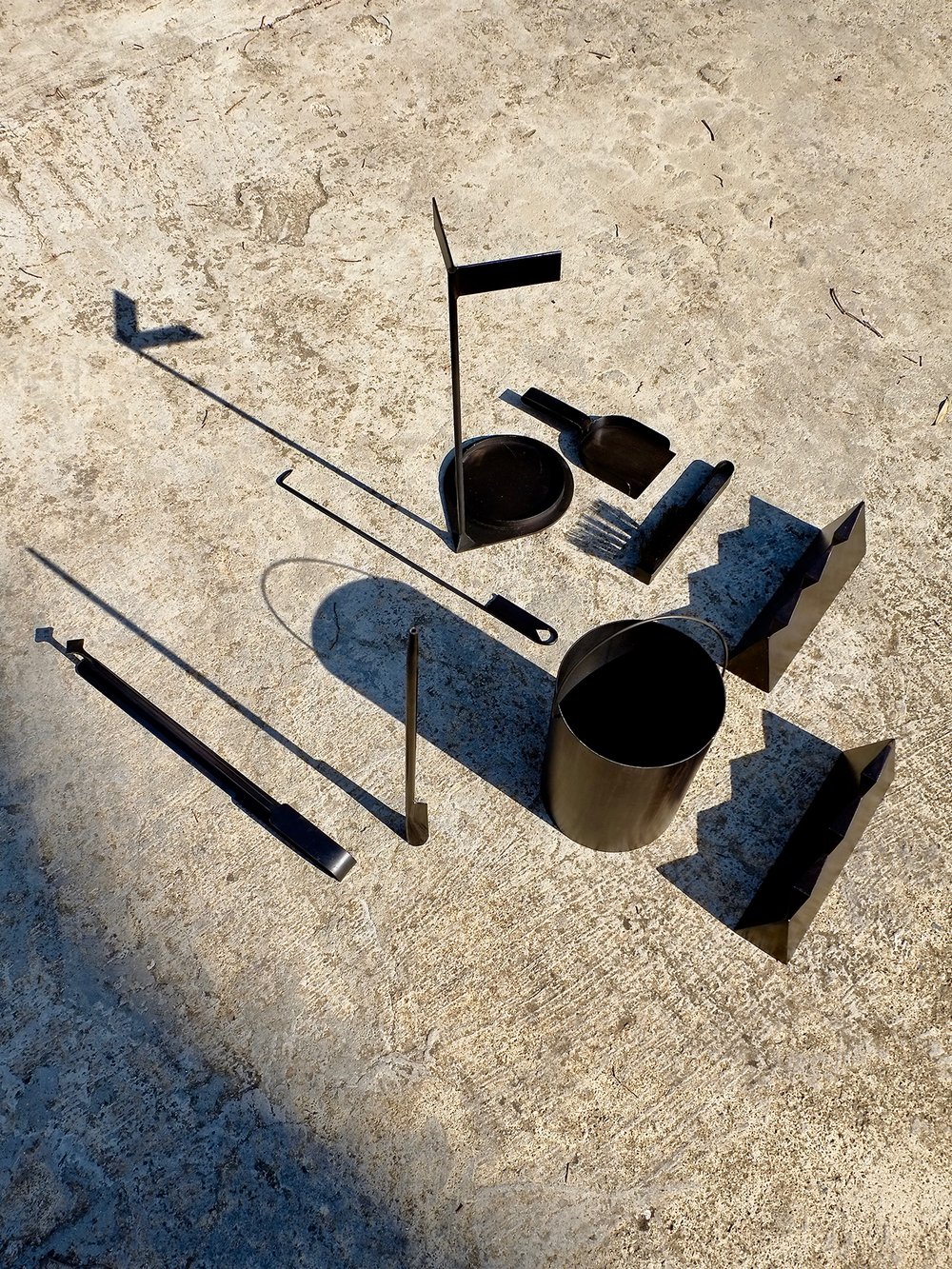
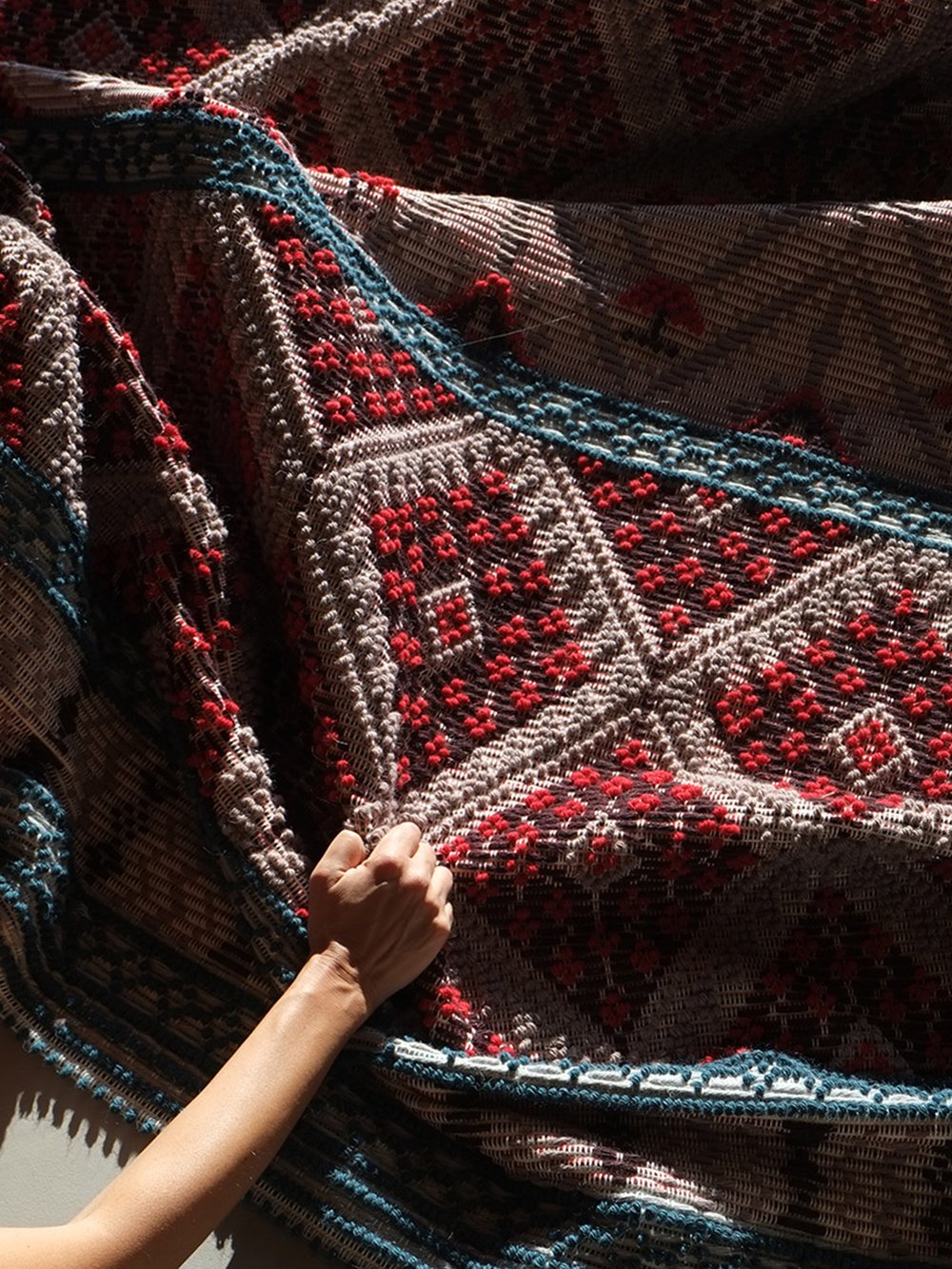
Although Chenven and Atzori come from creative fields, they are self-taught designers. Their Heritage Collection is an ongoing research project into classic designs and patterns of the island. The wool and cotton Banded Carpet, for instance, is a tribute to famed local designer Eugenio Tavolara and nods to the designs he made for weavers here in the 1960s. Produced by Mariantonia Urru, who opened her workshop in 1981 in Samugheo, each piece is manufactured using long-established techniques.
The pair admit that bridging the gap between traditional makers and contemporary design in somewhere like Sardinia comes with its own set of challenges. “We’re talking about contemporary design in a place where nobody knows what contemporary design is,” says Atzori. “The idea is to create a bridge between the island and the rest of the world.” Luckily, the people that they work with are only energized by their endeavors. “It’s always an agreement between us and the workshop,” adds Chenven. “A collaboration and working in a way where no one needs to get hurt economically.”
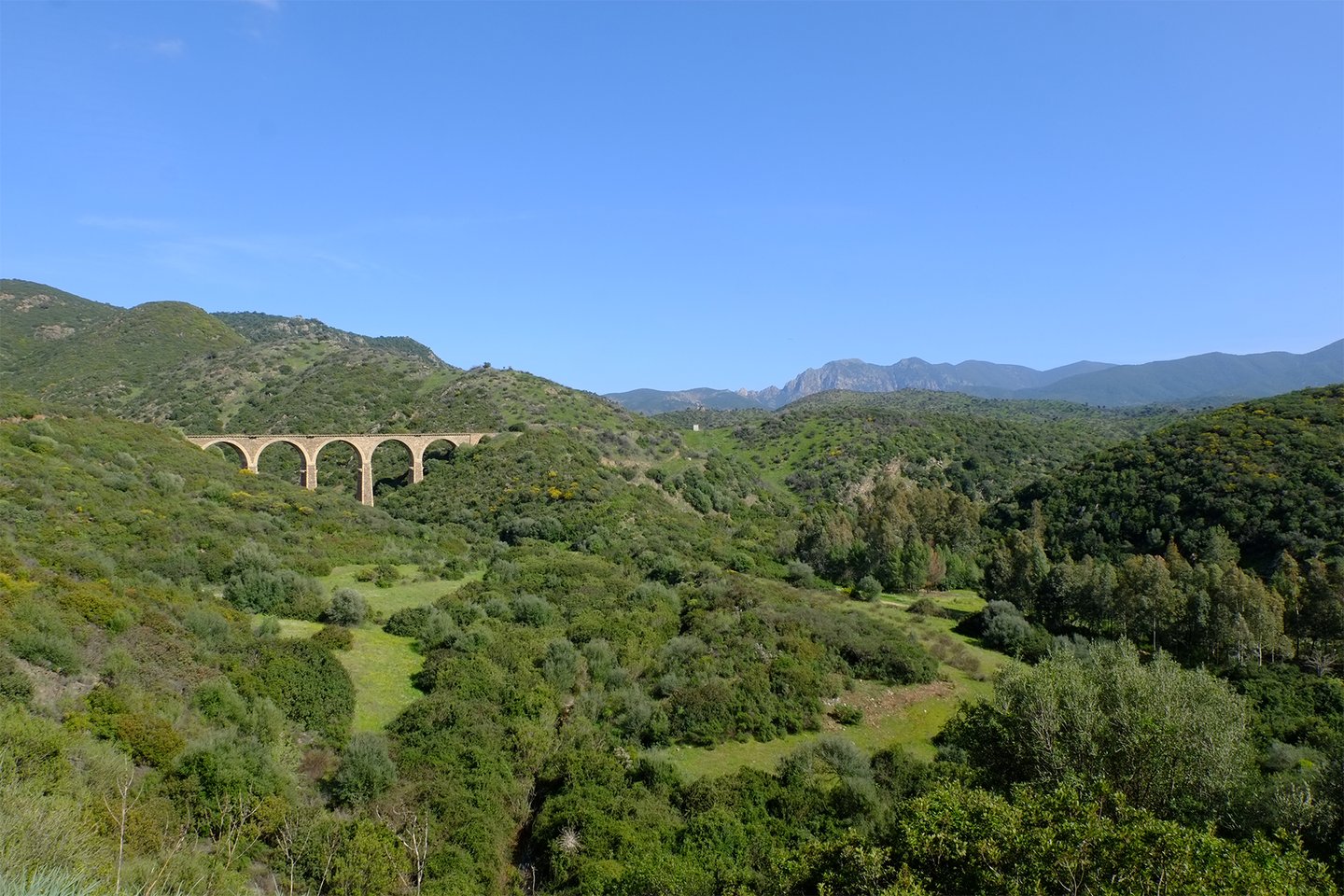


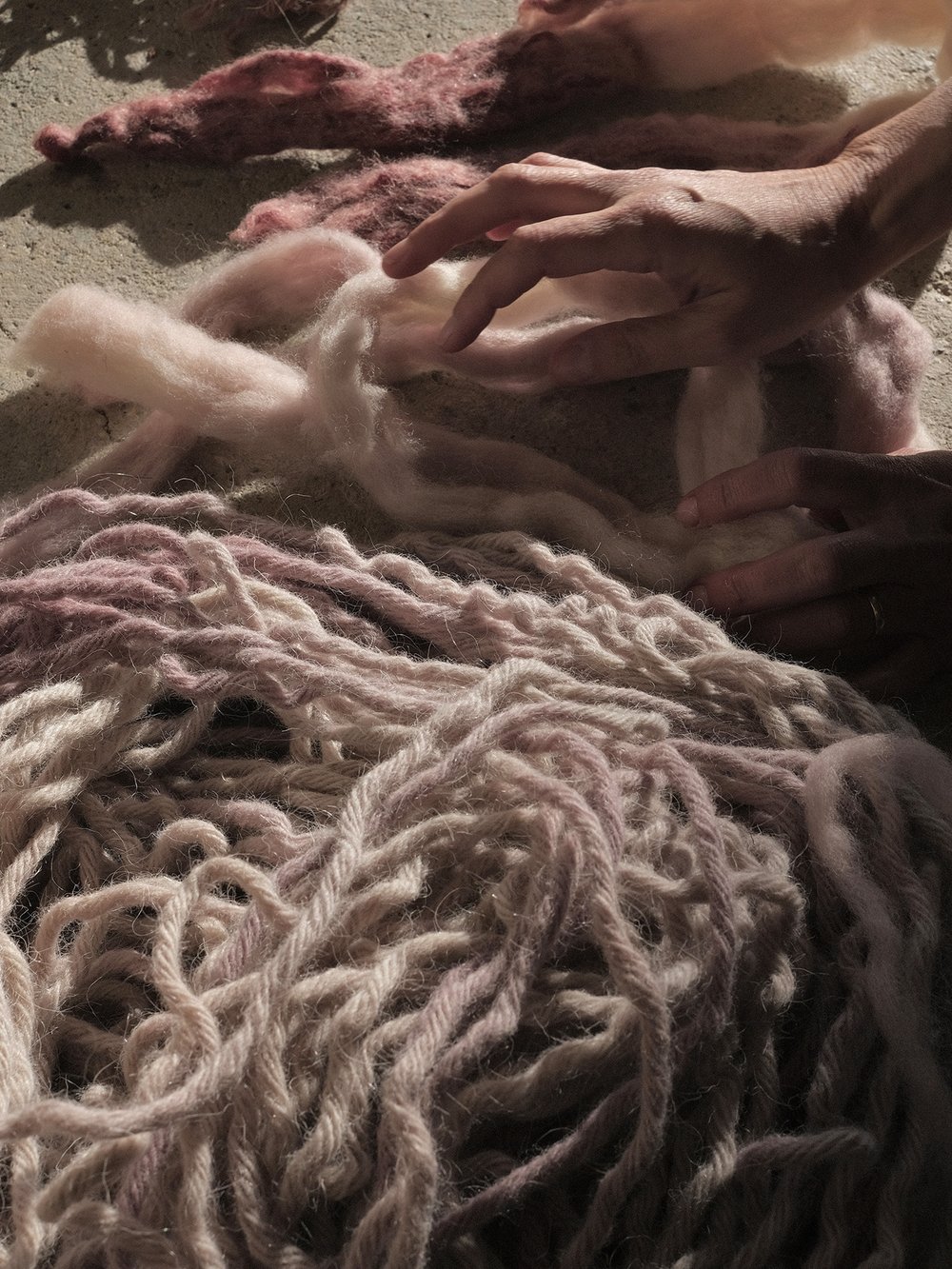
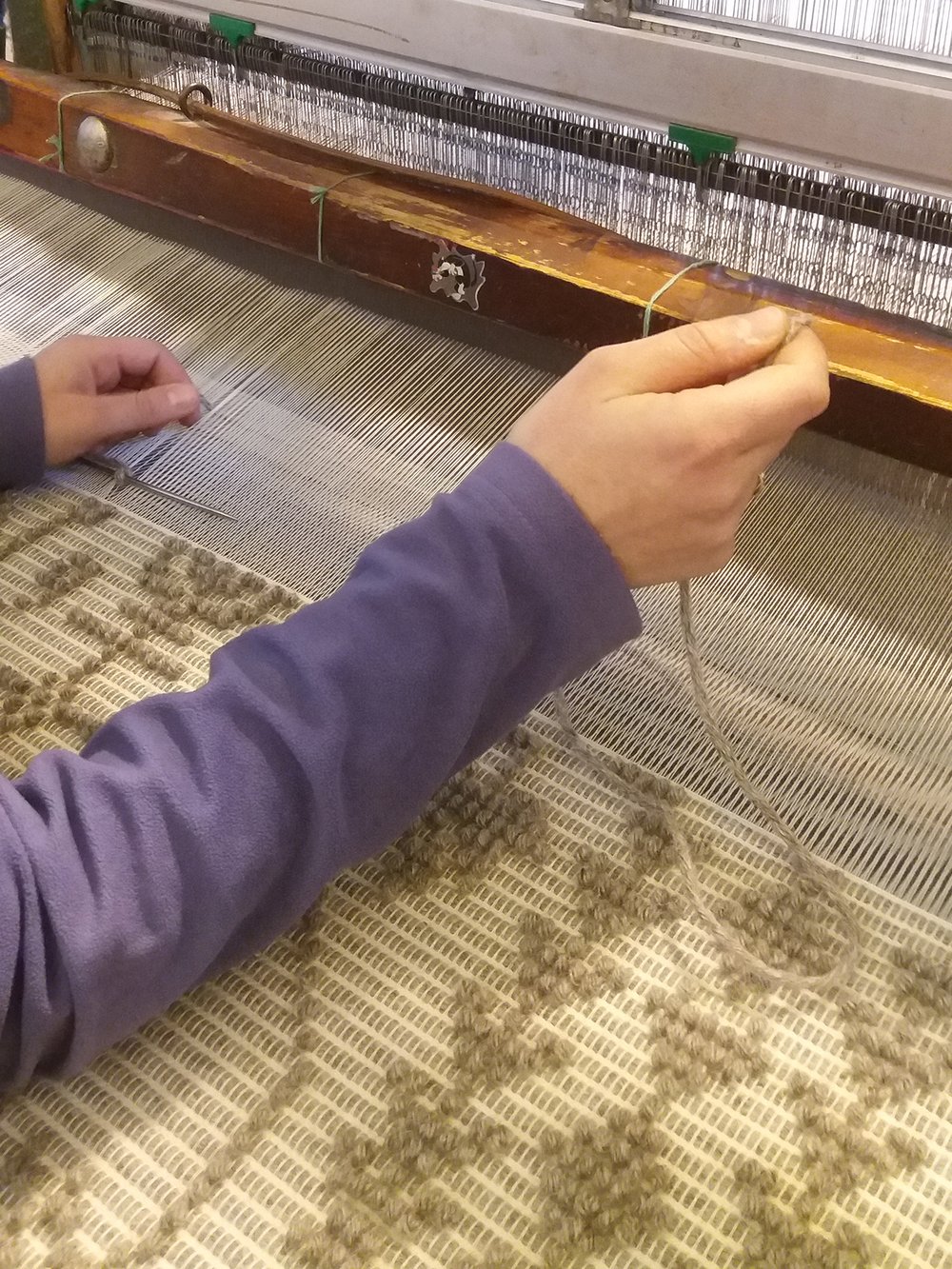


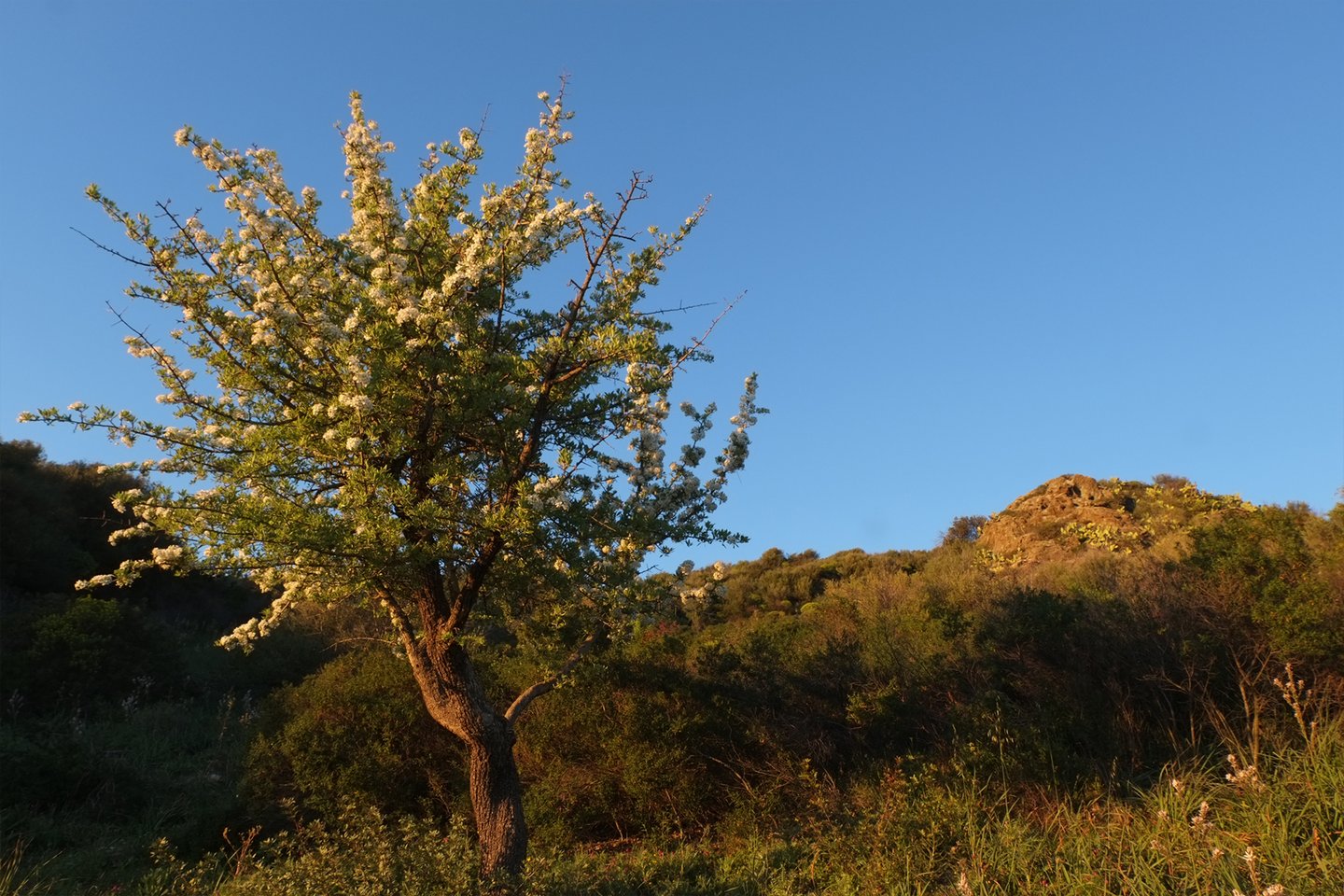
Feature Image: The Ancas Credenza designed by Chiara Andreatti and made by Pierpaolo Mandis for Pretziada. Photo courtesy of Studio Bulbo
Photography: Studio Bulbo, Pretziada, Claudia Ferri
Further Info


3 min read
In the first of our new series, WLLW takes a comprehensive look at the health and environmental impacts of cork.
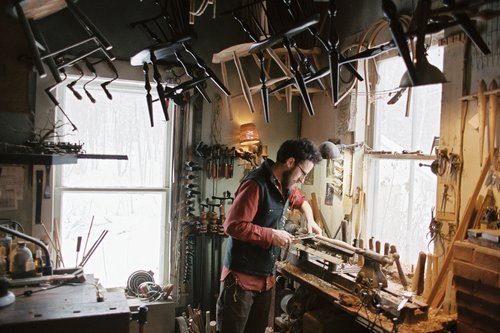
4 min read
WLLW speaks with Vermont's Sawyer Made on blending traditional woodworking with craftsmanship in Windsor chairmaking.